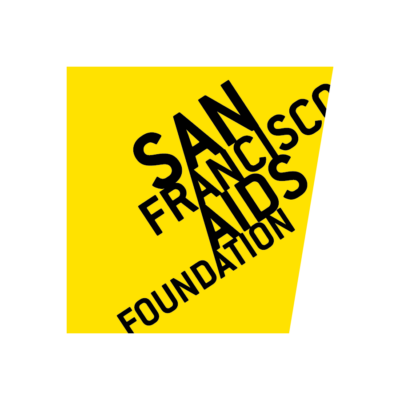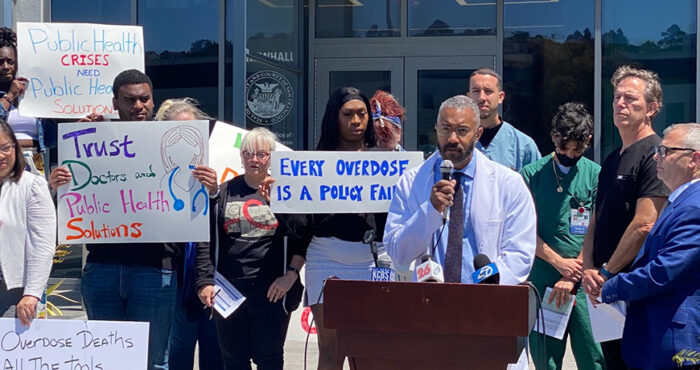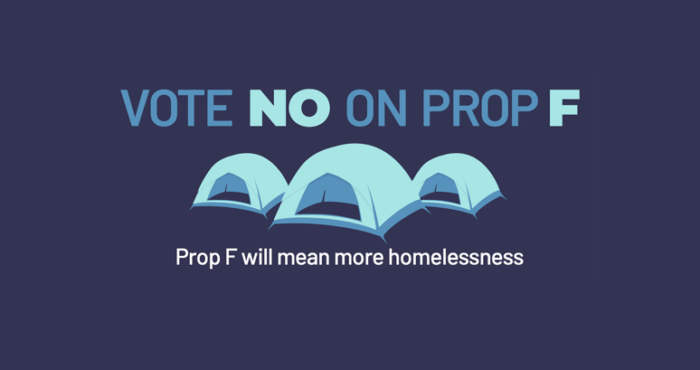Exciting News! First safe consumption services in the U.S. now open
New York City has opened two safe consumption sites in Manhattan. Trained staff at the sites provide supplies to participants, and are able to administer the overdose reversal medication Narcan in case of an overdose.
You can read more about the news here.
Volunteer orientation
If you missed October’s SAS volunteer orientation don’t worry! We will be holding our next orientation January 29, 2021. If you are interested in joining SAS’s volunteer team please fill out an application. As a SAS volunteer you will be making a huge impact for people who use drugs, providing them with safer use supplies. It is a commitment of 2 shifts a month and you can join any mobile syringe and health access point. We have a variety of locations throughout San Francisco.
Hepatitis C News from the Liver Meeting
By Andrew Reynolds
The American Association for the Study of Liver Disease (AASLD) held its annual meeting from November 12 – 15, 2021. This is one of the two big liver conferences of the year (the other being the International Liver Meeting, held each year in the Spring in a European country), and there were several updates and reports on hepatitis C (HCV) that are relevant to our work in harm reduction. This article will provide a brief listing of important presentations and reports relative to our work in harm reduction and SFAF’s HCV treatment program at the Harm Reduction Center on 6th Street.
Hepatitis C Kills More People Than the Next 60 Infectious Diseases Combined
In an analysis of death records, researchers from the CDC found that from 2003 to 2013, deaths from HCV-related illness increased each year, culminating with a record high of 19,659 deaths in 2014. This number exceeded the total number of deaths from the next 60 infectious diseases that are also reported to the CDC, a list that includes HIV, tuberculosis, and pneumonia.
Now, it’s worth noting that from 2003 to 2011, the treatments available for HCV were pretty terrible and ineffective. New meds came on the scene in 2011, and while they had higher cure rates, they were still hard to take and had terrible side effects. In 2014, however, the game changed and new medications—called directly acting antivirals (DAAs)—came on the scene with high cure rates with very manageable and mild side effects. In the absence of effective and tolerable treatments, it makes some sense that death rates would climb before 2014: People either couldn’t finish the treatment, or for those who did, many were not cured.
So, with the emergence of the new DAAs, one would think that things would get better, right? Sadly, as we shall see next, the answer is no.
Hepatitis Treatment Declines from 2015 to 2020; New Infections Quadrupled
With new HCV treatments that cure more than 95% of people with little to no side effects, many expected to see access to HCV cure sky-rocket after 2014. In fact, the opposite happened: The number of people who started treatment declined from a high of 164,247 in 2015 down to 83,740 in 2020. The COVID-19 pandemic is to blame for the 2020 numbers, but the annual decline began long before. These declines are due to stigma towards treating people who use drugs and the high cost of HCV treatment. Most public and private insurers did not want to pay for HCV medications, so they enacted a number of restrictions that prevented access to the cure.
At the same time, new HCV infections reported to the CDC increased year after year. From 2009 to 2019, the number of acute (new) HCV infections quadrupled, with injection drug use accounting for 67% of new cases. Nationally, a lack of access to sterile syringes and harm reduction supplies, an increase in drug use associated with the opioid crisis, and the denial of HCV treatment for people who drugs created a perfect storm for this increase… an increase that is completely unnecessary.
SFAF Works Against this Trend
The Hepatitis C Wellness Program at the Harm Reduction Center is an excellent example of what is needed to change all of this. All are welcome for HCV testing and treatment. We treat everyone regardless of substance use history. We provide harm reduction supplies to prevent primary infections and reinfection post-treatment. We connect people to substance use treatment and other social services.
When you’re working a mobile site, and the topic of HCV comes up, tell them to come by the HRC on Tuesdays through Fridays from 11 am – 1 pm for HCV testing and treatment. We see everyone regardless of insurance status (we can’t treat folks with Kaiser, but everyone else is eligible). In fact, even if someone is uninsured, we can connect them to Medi-Cal and get them treated and cured.
Hepatitis C cannot and should not be the leading cause of death by infectious disease, and nearly every single one of these is avoidable. The HCV Wellness Program is working to reverse this trend locally, and can and should be an example for other programs across the United States.










